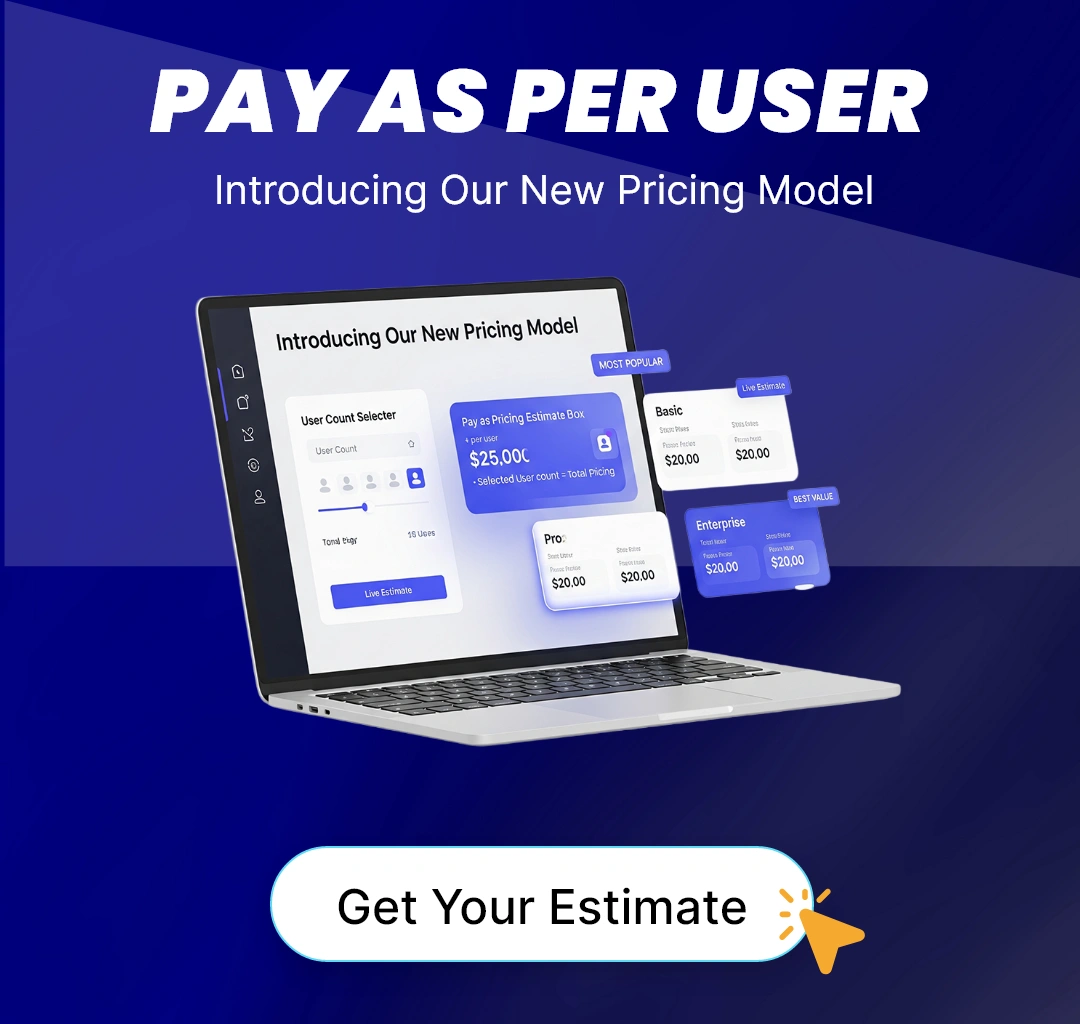Choosing the right Learning Management System (LMS) is crucial for businesses aiming to optimize training and development. With two major options available—On-premise LMS and Cloud LMS (including Private Cloud LMS and SaaS LMS)—organizations need to carefully assess their unique requirements. This blog will explore the key differences between these two types of LMS and help you determine which one truly fits your business needs.
What is an On-premise LMS?
An On-premise LMS is a software solution that is hosted on the company’s servers and maintained by the organization’s IT team. It provides complete control over data, security, and customization. While it may require a higher upfront investment for hardware and implementation, it offers the advantage of enhanced control over the learning platform and its environment.
What is a Cloud LMS?
A Cloud LMS is hosted on a third-party provider’s servers and accessed over the internet. There are two types of cloud-based LMS: Private Cloud LMS and SaaS LMS. In a Private Cloud LMS, the infrastructure is dedicated to a single organization but hosted externally, while a SaaS LMS is a fully hosted solution available on-demand for multiple clients.
On-premise LMS vs Cloud LMS: Key Differences
To understand which LMS is suitable for your business, it’s essential to evaluate the LMS pros and cons of each option. Let’s break down the primary differences:
1. Cost of Implementation
On-premise LMS typically requires higher upfront costs, including purchasing hardware, licensing fees, and setup expenses. Additionally, there are ongoing costs for maintenance and updates, which can add up over time.
Cloud LMS solutions (such as SaaS LMS) typically operate on a subscription-based model, which means lower initial costs but ongoing fees for access. While this can make a Cloud LMS more cost-effective in the short term, costs may accumulate over time based on the number of users and features required.
2. Control and Customization
On-premise LMS offers greater control over data, security, and customizations. You can tailor the system to meet specific needs and have full control over user access and features. This is ideal for large organizations with unique requirements.
On the other hand, Cloud LMS platforms, including Private Cloud LMS and SaaS LMS, are less customizable but offer sufficient flexibility to meet the needs of most businesses. Customizations are often limited to what the vendor offers, although some private cloud systems may provide more control over customization than SaaS solutions.
3. Maintenance and Updates
With an On-premise LMS, the organization is responsible for managing updates, security patches, and maintenance. This requires dedicated IT resources and can lead to higher operational costs.
In contrast, Cloud LMS providers handle all maintenance and updates, including security patches and system upgrades. This means businesses can focus on using the system rather than managing it, making it more convenient for organizations with limited IT resources.
4. Scalability
On-premise LMS may struggle with scalability, as it requires additional hardware and infrastructure to handle a growing number of users. As your business expands, the system may need additional investment to support new users, features, or modules.
With a Cloud LMS (whether Private Cloud LMS or SaaS LMS), scalability is easier and more cost-effective. Cloud-based solutions can easily accommodate increased numbers of learners without the need for major infrastructure changes. Subscription models also make it simple to scale, paying for only what you use.
5. Security and Data Privacy
On-premise LMS provides the highest level of data security, as all information is stored and maintained within the organization’s infrastructure. Organizations have full control over their data, making this option ideal for businesses with strict security and compliance requirements.
Cloud LMS providers, particularly SaaS LMS, offer robust security measures, including encryption and regular security audits. However, businesses must rely on the vendor to ensure compliance with industry standards and regulations. For businesses concerned about data privacy but still seeking the benefits of cloud solutions, a Private Cloud LMS offers the best of both worlds: a dedicated cloud environment with enhanced control over security and data privacy.
When to Choose On-premise LMS
On-premise LMS is best suited for organizations that require full control over their learning environment, including security, customization, and integration. It’s ideal for:
- Large enterprises with complex learning needs
- Businesses in regulated industries that require strict data privacy
- Companies with dedicated IT teams for system management
When to Choose Cloud LMS
Cloud LMS solutions are well-suited for businesses looking for flexibility, scalability, and ease of use. These platforms are ideal for:
- Organizations with limited IT resources
- Growing businesses that need scalable learning solutions
- Companies looking for lower upfront costs and predictable subscription fees
LMS Pros and Cons: Making the Right Choice
When choosing between On-premise LMS and Cloud LMS, it’s important to weigh the pros and cons:
- On-premise LMS Pros: Full control, high customization, data privacy
- On-premise LMS Cons: High upfront costs, ongoing maintenance, limited scalability
- Cloud LMS Pros: Low initial cost, easy scalability, automatic updates
- Cloud LMS Cons: Less control, data privacy concerns (depending on the model)
Conclusion: Which LMS Fits Your Business?
Choosing between an On-premise LMS and a Cloud LMS depends largely on your business’s size, budget, IT resources, and specific learning needs. If control, data privacy, and customization are top priorities, an On-premise LMS might be the right choice. However, if scalability, cost-efficiency, and ease of maintenance are more important, a Cloud LMS (whether Private Cloud LMS or SaaS LMS) may be a better fit.
FAQs
1. What is the main difference between On-premise LMS and Cloud LMS?
The main difference lies in where the LMS is hosted. An On-premise LMS is hosted on the company’s servers, while a Cloud LMS is hosted on a third-party provider’s servers and accessed via the internet.
2. Is On-premise LMS more secure than Cloud LMS?
On-premise LMS offers more control over data security as it is hosted within the company’s infrastructure. Cloud LMS platforms also provide robust security measures but may require businesses to trust third-party providers for compliance and data protection.
3. Which LMS is more cost-effective?
Cloud LMS solutions typically offer lower initial costs and a subscription-based pricing model, making them more affordable in the short term. On-premise LMS requires a larger upfront investment for hardware and setup but can be more cost-effective in the long run for larger organizations with specialized needs.
4. Can I scale my LMS easily with a Cloud LMS?
Yes, Cloud LMS platforms are highly scalable, allowing businesses to add users, courses, and features as needed without requiring additional hardware or major infrastructure changes.

















